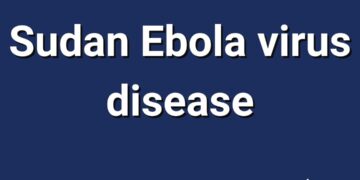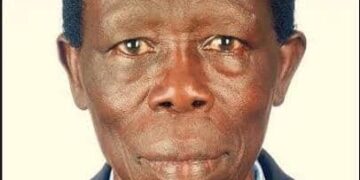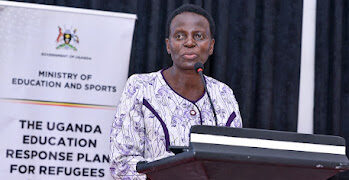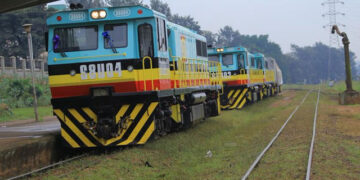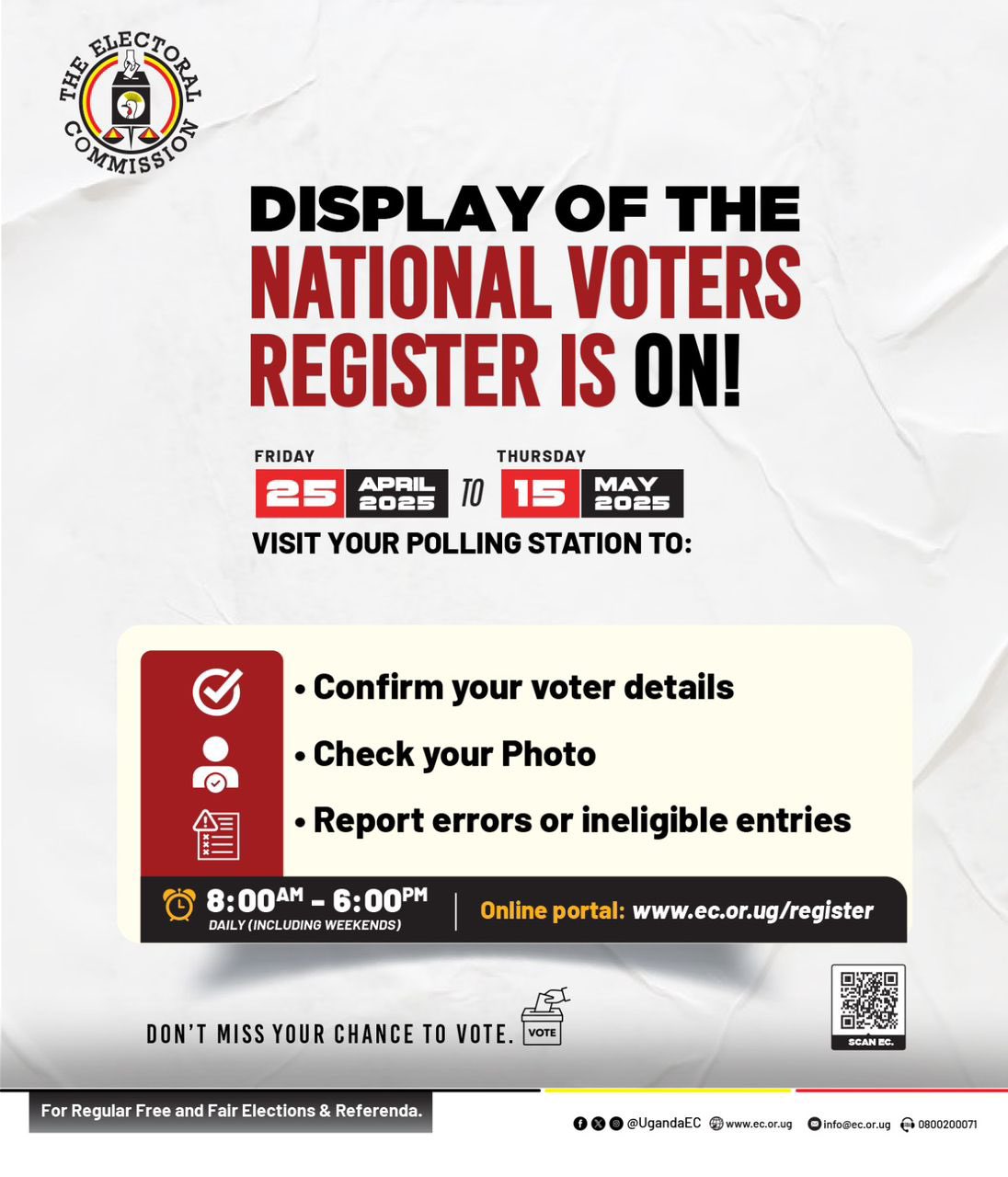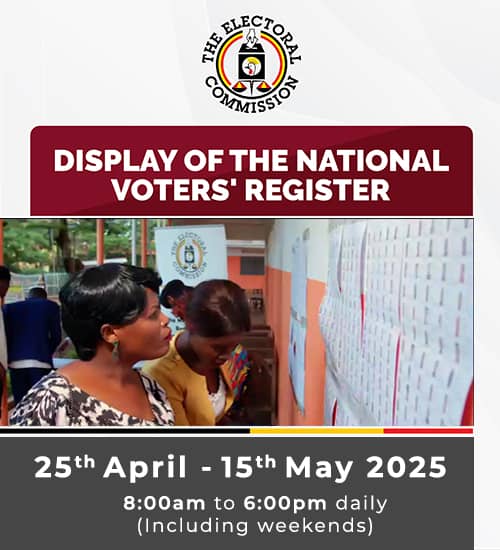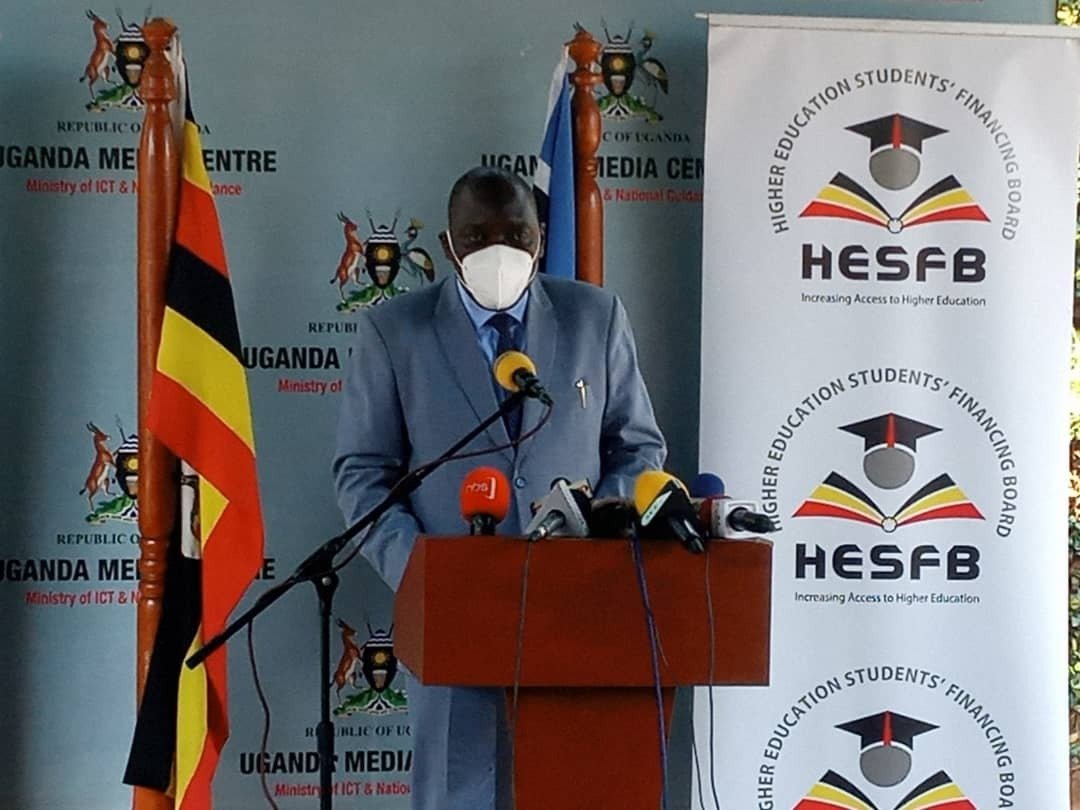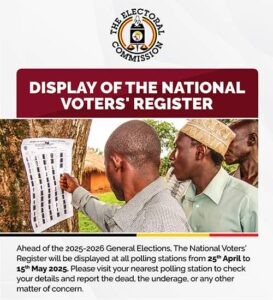The ministry of Health (MOH) has responded to a report titled “COVID-19 Interventions Report Financial Year 2019/20” which the public had perceived as proof to claims of a Billions COVID cash Bonanza.
Authored by a team of the Budget Monitoring and Accountability Unit of the Ministry of Finance and Economic Development, the report highlighted concerns of irregularities in the management of COVID-19 intervention funds, which the ministry says were inappropriate.
The ministry says it believes in transparency and accountability for the all the funds disbursed for the various programs and activities from both government and development partners.
The report states that the Ministry of Health received UGX 766.7BN which was committed to the COVID-19 prevention and response interventions.
It further states that by end of June 2020, MOH had received and spent UGX 264BN from both government of Uganda and donors; UGX 119BN from Government of Uganda, UGX 55BN for World Bank’s Uganda contingency Response Component and UGX10 billion from GAVI. The report shows that another amount totaling UGX 94.9BN was in the pipeline.
In response, the ministry stated that the UGX 51Bn from Islamic Development Bank loan are still with the bank. MOH says it is therefore not true that UGX 51 BN from Islamic Development Bank was received and spent.
MOH also sataes that the Global Fund initially committed to support the COVID-19 Response by providing UGX 28 billion in-kind which meant that they would NOT provide money, instead, they would procure commodities and deliver them to Uganda. By end of Sept 2020, Global Fund had delivered all these commodities to MOH.
An additional grant of UGX 69.6 BN from Global Fund was approved in July 2020 for procurement of PPE and test kits by Global Fund. This funding, the MOH says is still in pipeline and the money is not meant to come to MOH directly.
It further notes that out of the UGX 55BN from the World Bank, MOH had spent UGX 13Bn as of June 2020. These funds, the MOH says was largely spent on Health workers allowances and Medical Supplies.
The support from GAVI according to MOH response, was disbursed to UNICEF and World Health Organization WHO. Of the UGX 10BN released by GAVI in June 2020, UGX6.5BN was disbursed to UNICEF to procure medical supplies while UGX 3.5BN to WHO for test kits and others. It is clear that by end of June 2020 the UGX 10Bn had not yet been spent, MOH says.
MOH says it is therefore pertinent to note that the total resources disbursed to MOH is UGX 174BN including UGX 119BN from government of Uganda and UGX 55BN from World Bank. The rest of the funding stated in the report did not come to the ministry, according to the MOH. Other monies cited, MOH says are either off-budget expenditure or future commitments and therefore it should not be portrayed that all the entire money was disbursed by the Ministry of Health.
PERSONAL PROTECTIVE EQUIPMENT (PPE) -MASKS
The report states that one of the suppliers for PPEs delivered 3,200 surgical masks expensively at UGX 4,946 each. In response, the MOH say that there are different types of masks i.e. surgical masks, N95 and non-medical masks which are all priced differently. It is therefore disturbing that the report did not clarify the type of masks that were referred to.
In response, the MOH states that there are different types of masks i.e. surgical masks, N95 and non-medical masks which are all priced differently. It is therefore disturbing that the report did not clarify the type of masks that were referred to.
MOH says, the average market price for N95 is UGX 5000. MOH purchased it at UGX 4,946 lower than the market price. This price is much cheaper than what the global market offers at UGX. 10,000 for the same mask. All masks supplied met the standards.
A total of nearly 29 Million masks, according to the MOH, have been delivered to 91 districts in the country. This includes: community and student masks.
The variation of the price from UGX 1,000 to UGX 2,400 was as result of the suppliers complaining that the initial price of UGX 1,000 was not enough to cover their costs. This matter was subsequently discussed in Cabinet and Cabinet approved the variation to UGX 2,400.
According to the ministry of health the question of quality of masks that were distributed to Ugandans does not arise, since UNBS was involved and certified the specifications for the Masks. Even during procurement, MOH said any samples that were found not to be meeting the required standards, were always rejected.
The ministry says the delay to complete the procurement and distribution of the masks was due to insufficient funds to undertake these activities.
MEGAPHONES
MOH also states that the contract to supply the megaphones was worth UGX 2.9BN, (i.e. a total of 10,863 megaphones, 43,450 rechargeable and dry cell batteries) were procured. This, the MOH says is contrary to the number of 108,863 megaphones quoted by the monitoring team in their report, which implied that Government would have spent approximately UGX 25.47BN on the megaphones and batteries.
The MOH says monitoring took place at the time when the distribution of the megaphones was ongoing and the megaphones were delivered to the Ministry on the 21st September 2020. So far, all districts except 10 districts have received the megaphones.
The 10 districts include; Amudat, Bushenyi, Butaleja, Kaabong, Kamwenge, Kalangala, Karenga, Lwengo, Mitooma and Napak. MOH did not have funds to distribute the megaphones country wide. Therefore, it relied on using every opportunity that was available which are either for the districts to pick them or to take advantage of any available means to deliver them to the respective districts.
EMERGENCY AMBULANCES AND BOATS
33 type B ambulances have since been received at the Ministry and another 5 ambulances (3 water boat intensive care ambulances and two type C road intensive care ambulances) are going through the Customs clearing at the Kenya Port of Mombasa.
The presumed delay in delivery of the ambulances was due to the customized manufacturing process of the ambulances as per the contract specifications and due to the global movement restrictions which also affected shipping of equipment and other commodities.
HOSPITAL BEDS
The report alleges that MOH signed 3 contracts with JMS worth UGX 1.3BN to supply 1,000 beds and mattresses, 2,000 blankets & 2,000 bed sheets. The Ministry of Health stated that a total of 1,000 beds, 1,000 mattresses and 1,000 blankets were delivered Namboole out of which, 700 beds were fixed in Mandela Auxiliary treatment Centre, Namboole while 300 were re-located to Mulago National Referral Hospital and are being utilized by COVID-19 patients.
MOH says the items are available for verification at both sites but the monitoring team did not physically enter the hospital to view the items at the hospital fearing to enter COVID-19 treatment centers of Mulago and Namboole.
SPECIALIZED MACHINERY & EQUIPMENT PROCURED
From the start of the pandemic, MOH carried out assessment of ICUs in all of hospitals. Currently, MOH says 143 ICU beds complete w/ventilators, patient monitors & high flow oxygen therapy apparatus were procured & distributed to various facilities.
MOH says although the plan and budget captured refurbishing of some ICUs in some hospitals before installation, funds to undertake this activity are yet to be obtained and therefore, some of the equipment in some hospitals will be installed once refurbishing and expansion is done.
OXYGEN PLANTS
At the onset of COVID-19 Pandemic in Uganda, the Ministry of Health undertook a needs-assessment, revised specifications and procured 7 oxygen plants, 450 oxygen cylinders, 5 filling stations and other accessories.
According to MOH, four of the seven plants have been installed at Mulago National Referral Hospital while the 2 in Entebbe Grade B and Mbarara Regional Referral Hospital while one has been allocated to Kayunga Regional Referral Hospital.
MOH says the plants are high tech, high volume, high flow and high purity oxygen plants procured to ensure continuous supply of oxygen to patients, which is critical in the management of COVID-19, as we are now experiencing more patients progress from moderate to severe conditions.
The report highlights that the contract was signed in May 2020 and deliveries and installations had not commenced by September 2020; While the Ministry acknowledges that the contract was signed in May 2020, the public and the authors of this report are aware that Uganda went into a total lockdown in March 2020 and this greatly affected logistics among others.
Contrary to what the report stated MOH says deliveries and installations had not commenced by September 2020’, the plants were delivered in August 2020. The four oxygen plants that were procured for Mulago required additional space, prompting the Ministry to quickly create space. As a result, the installation and commissioning processes were finalized early October 2020. Suffice it to note that Mulago National Referral Hospital uses pure piped oxygen (99 -100%) according to the MOH.
SLEEPER TENTS
The Ministry stated that the tents could not be erected in Namboole as this would damage the turf at the premises. In order to expand capacity for COVID-19 treatment at district level, the tents were reallocated to the Regional Referral Hospitals.
The ministry clarified that all the 20 tents have since been delivered, erected and are under use at the Regional Referral Hospitals across the country. All the tents supplied meet the required specification, according to the MOH.
MOBILE HEALTH FACILITIES ESTABLISHED AT BORDER POINTS
Following the decision by Cabinet and the COVID-19 National Task-Force to ease port health testing because of the long queues of truck drivers, MOH contacted URA and the respective local governments who agreed to avail land. However, the local governments delayed to identify land for the development. Although, they had earlier indicated willingness to provide land. Additionally, the contractor had fabricated 50% of the buildings by the end of June 2020 but land allocation delayed completion.
ACCOMMODATION HIRED TO QUARANTINE RETURNEES AND COVID-19 SUSPECTS
The report questions the engagement of Kirigime guest house in Kabale District and further asks why the same measures were not undertaken in other points of entry. The MOH clarifies that this is because unlike other borders, 86 Ugandans were stranded abroad were dropped off at the border in Kabale District. It was more economical to quickly set up an institutional quarantine site rather than transport all of them to Kampala.
The process of identifying a hotel (Kirigme guest house) was done by the Kabale District Taskforce to urgently accommodate the stranded nationals who returned through the Uganda-Rwanda border point at Katuna. MOH worked with the ministry of Tourism, Wildlife and Antiquities to identify hotels.
MEALS PROVIDED FOR QUARANTINED INDIVIDUALS, COVID-19 SUSPECTS AND PATIENTS
On the cost of meals for persons who were under quarantine, the budget report states that a unit cost of food (plate of food) at one of the hotels in Kampala cost UGX.105,000. The MOH says this is is not true. The MOH says the quoted cost of UGX 105,000 was for full-board accommodation at the designated quarantine facility. It included the cost of accommodation and all meals (breakfast, lunch and dinner) and not only ‘a meal’ as quoted in the report.
The Ministry of Health says it released funds to Regional Referral Hospitals and Local governments for meals for patients under isolation and persons who underwent quarantine and therefore it did not participate in selecting the suppliers.

















